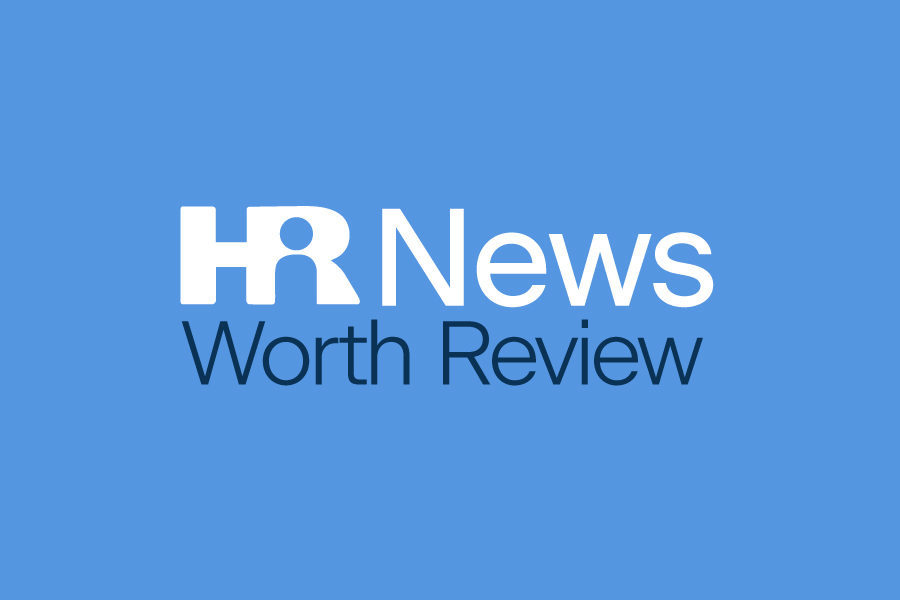Submission Grace Period Issued for Prescription Drug Reporting
The transparency provisions of the No Surprises Act require group health plans and health insurance issuers to report information on prescription drugs and health care spending to the Departments of Labor, Health and Human Services and the Treasury (Departments). This reporting process is referred to as the “prescription drug data collection” (or “RxDC report”), and it must be submitted by Dec. 27, 2022.
Submission Grace Period
On Dec. 23, 2022, the Departments released an FAQ stating that, for the 2020 and 2021 data submissions due by Dec. 27, 2022, they will not take enforcement action with respect to any plan or issuer that uses a good faith, reasonable interpretation of the regulations and the RxDC reporting instructions in making its submission. The Departments are also providing a submission grace period through Jan. 31, 2023, and will not consider a plan or issuer to be out of compliance with these requirements provided that a good faith submission of 2020 and 2021 data is made on or before that date.
In addition, to facilitate the submission process, the Departments are providing clarifications and flexibilities with respect to reporting requirements for this data (e.g., allowing multiple submissions by the same reporting entity, email submission of certain data for certain plans and optional reporting for certain data), which are outlined in the FAQ.
Employer Takeaway
Most employers are relying on their carriers, TPAs or other third parties to report prescription drug costs by the deadline. Employers should also look at updating their written agreements with these parties to reflect that responsibility and confirm they will timely submit the reports.
Congress Extends Pre-Deductible Telehealth Coverage for HDHPs
The Consolidated Appropriations Act, 2023 (CAA), which was signed into law on Dec. 29, 2022, extends the ability of high deductible health plans (HDHPs) to provide benefits for telehealth or other remote care services before plan deductibles have been met without jeopardizing health savings account (HSA) eligibility. This extension applies for plan years beginning after Dec. 31, 2022, and before Jan. 1, 2025.
Background
To be eligible for HSA contributions, individuals cannot be covered under a health plan that provides benefits, except preventive care benefits, before the minimum HDHP deductible is satisfied for the year. As a general rule, telehealth programs that provide free or reduced-cost medical benefits before the HDHP deductible is satisfied are disqualifying coverage for purposes of HSA eligibility. However, effective Jan. 1, 2020, the CARES Act allowed HDHPs to provide benefits for telehealth or other remote care services before plan deductibles were met. This relief applied for plan years beginning before Jan. 1, 2022. A spending bill extended this relief to telehealth services provided in months beginning after March 31, 2022, and before Jan. 1, 2023. The CAA further extends this first-dollar coverage for telehealth services to plan years beginning after Dec. 31, 2022, and before Jan. 1, 2025.
Employer Takeaway
HDHPs may choose to waive the deductible for any telehealth services for plan years beginning in 2023 and 2024 without causing participants to lose HSA eligibility. This provision is optional; HDHPs can continue to choose to apply any telehealth services toward the deductible. Note that there is a gap for non-calendar-year plans from Jan. 1, 2023 (when the spending bill’s extension expired) to the start of the 2023 plan year, during which this temporary relief for telehealth services does not apply.
SECURE 2.0 Act Provisions Enacted as Part of Year-End Appropriations Legislation
As mentioned, Congress has passed, and the President has signed, the Consolidated Appropriations Act, 2023 (CAA, 2023), containing provisions that affect both retirement and group health plans. Retirement plan provisions are set forth in a portion of CAA, 2023 known as the SECURE 2.0 Act of 2022 (SECURE 2.0), as some elements build on provisions in the original SECURE Act.
Highlights for 401(k) plans include the following:
- Automatic Enrollment Rules for New 401(k) Plans;
- Updated Required Minimum Distribution Rules;
- Updates to Deferral and Contribution Rules;
- Updates to Withdrawal and Loan Rules;
- Automatic Rollover Limit Rules;
- Rules for Long-Term Part-Time Employee Deferrals;
- Changes to Notice Requirements;
- EPCRS Expansion; and
- Creation of Emergency Savings Accounts.
Employer Takeaway
There is much to digest here for those who work with employee benefit plans. Plan sponsors will need to work with their advisors to quickly familiarize themselves with the legislation’s many required and optional provisions—including the various effective dates.
Upcoming ACA/W-2 Reporting Deadlines
ACA Reporting
Employers subject to Affordable Care Act (ACA) reporting under Internal Revenue Code Sections 6055 or 6056 should prepare to comply with reporting deadlines in early 2023. For the 2022 calendar year, covered employers must:
- Furnish statements to individuals by March 2, 2023; and
- File returns with the IRS by Feb. 28, 2023 (or March 31, 2023, if filing electronically).
The annual deadline for furnishing statements to individuals is January 31. However, the IRS finalized a 30-day automatic extension to the annual furnishing deadline. Thus, the deadline for furnishing statements to individuals for the 2022 calendar year is extended from Jan. 31, 2023, to March 2, 2023. Penalties may apply if employers are subject to ACA reporting and fail to file returns and furnish statements by the applicable deadlines.
Elimination of Good Faith Transition Relief from Penalties
For reporting years prior to 2021, the IRS provided transitional good faith penalty relief for reporting entities that could show that they made good faith efforts to comply with the information reporting requirements. However, the transitional good faith relief from penalties for reporting incorrect or incomplete information on information returns or statements is not available for reporting for tax year 2021 and subsequent years.
W-2 Reporting
As a reminder, the ACA requires employers to report the aggregate cost of employer-sponsored group health plan coverage on their employees’ Forms W-2. The purpose of the reporting requirement is to provide information to employees regarding how much their health coverage costs. The reporting does not mean that the cost of the coverage is taxable to employees.
This reporting requirement became mandatory for the 2012 reporting year. However, the IRS made the reporting requirement optional for small employers (those that file fewer than 250 Forms W-2) until further guidance is issued. Thus, the W-2 reporting requirement is currently mandatory for large employers, but optional for small employers. The IRS has a very good FAQ on this W-2 reporting requirement available here.
Employer Takeaway
Employers subject to either the ACA or W-2 reporting requirements should review their procedures to make sure that are accurately reporting any required information, including their agreements with any third-party vendor they have contracted with to provide these services.
Additionally, many states have enacted their own state health insurance individual mandates, most of which established their own filing requirement. If you have employees in these locations (California, District of Columbia, Massachusetts, New Jersey, Rhode Island and Vermont) please see the reporting guidelines here.
2023 HR Compliance Calendar
An HR compliance calendar is a valuable tool to help your business stay on track with key employment-related deadlines throughout the year. HR compliance is a complex area with many moving parts. Keeping track of HR deadlines during 2023 can help your business stay organized and avoid the penalties or workplace disruption that may be triggered by noncompliance.
There are a number of HR compliance tasks with predictable deadlines that you can anticipate from year to year, such as providing your employees with Form W-2 and filing Form 5500 for your employee benefit plans. Other deadlines can be unpredictable or triggered by certain events, such as when you hire a new employee or when an employee gets injured at work. Knowing what your business is required to do and when is the best way to stay compliant. Use this HR calendar to keep track of important compliance tasks for 2023. This calendar includes a month-by-month summary of key compliance deadlines and helpful reminders for compliance tasks to complete throughout the year. It also describes compliance tasks that are dynamic, which only occur when certain events happen, to help you anticipate those deadlines.





